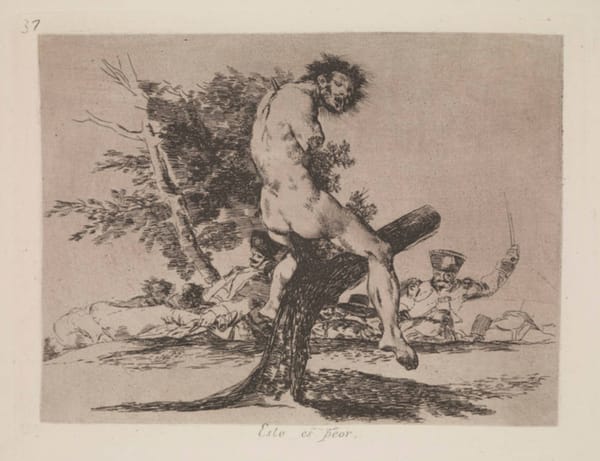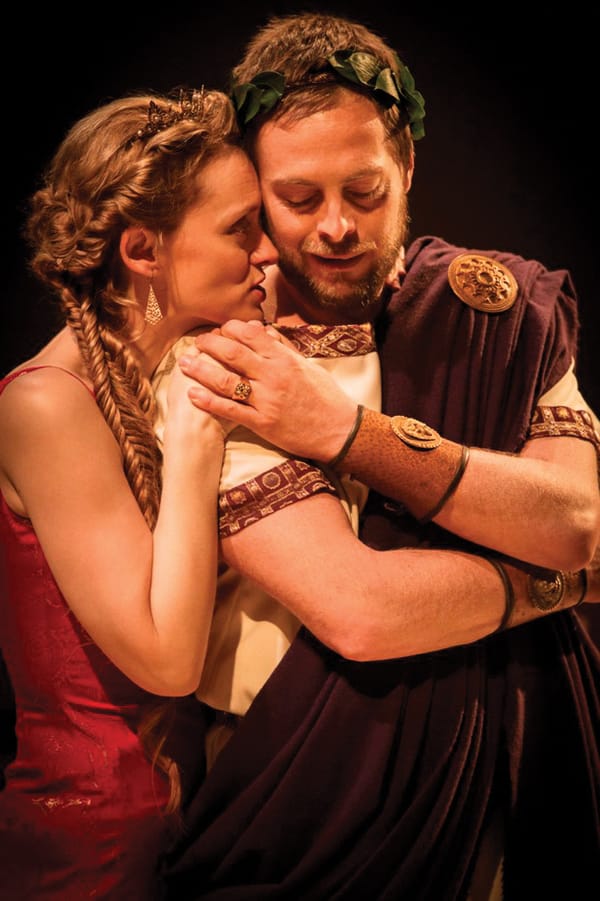Minotaurs and major excursions
Meredith Thomas, aka Charles Thomas, doesn't want to give anything away...

The Architect is Shunt’s first production in three years and it was well worth the wait. Shunt is an unusual collective centred round an experimental theatre company. The group have had a presence around East London for years. Some readers might just remember the astonishing club they ran in the tunnels under London Bridge station of the same name. It was amazing folks; the only dance floor I have ever graced where one of the major dangers was drunk rickshaw drivers. The core work of Shunt however has always been theatre and so, as I traipsed my way into the wilds of Bermondsey to their new hideout in an abandoned biscuit factory, I was more than a little excited.
I am nervous about revealing too much about the show. So much of its effectiveness relied on surprise, misdirection and disorientation, done with such finesse that the audience are hardly aware. There is a fear that whatever I tell you would subtract from your enjoyment should you choose, and I recommend that you do, to get tickets. Nevertheless, I have a job to do so here goes.
The Architect was wilfully and consistently bizarre. The entire performance incorporated live music, installation, aerial performers, acting, comedy and a good amount of drinking, all from a cast of barely ten. I was shocked, terrified, bewildered and amused in turn due to an atmosphere and sense of spectacle that were perfectly engineered on an astonishing scale.
Audience participation normally fills me with dread. Too often it can seem contrived and actually serves as a barrier to an immersive experience. The the cast managed it perfectly. This was probably because, despite the scale of the venture, the set being several times the size of their last show Money, the entire enterprise retains a playful, amateurish feel.
I have mentioned the scale, and it is astounding. One of the inspirations for the show was Jorge Luis Borges’ short story The House of Asterion, which is itself based upon the legend of the Minotaur. To reflect this, you enter the venue through a claustrophobic plywood labyrinth. The space is genuinely hard to navigate, filled with bizarre items. After some struggle you reach as door and passing through, find yourself, quite suddenly in the dining hall of a cruise ship (complete with bar) where much of the action takes place.
The true genius of the show is caught in glimpses amongst the madness and by picking apart the allegory in the narrative. Odd thematic motifs recur and interact with varying degrees of symbolic opacity. In addition to the a Minotaur myth, there are clear references to the credit crunch and the European debt crisis as well as other classical sources. The show may be silly and occasionally obscene, but it is most certainly not unintelligent.
A large part of my brain will be dedicated to going over my own interpretations of the performance for some time to come. Do not go if you are afraid of the dark, or cows.







